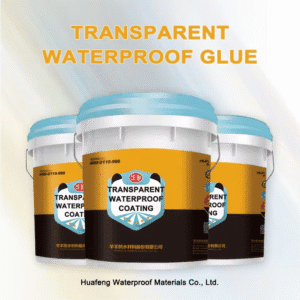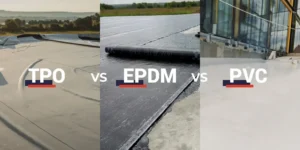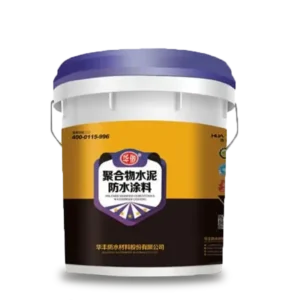A closed-water test, as a key step in verifying the effectiveness of waterproofing during renovations, is of undeniable importance. This step not only impacts the comfort of the living environment but also directly affects the overall quality and safety of the home. To ensure the effectiveness and safety of a closed-water test, the following details the precautions for a closed-water test.
Ⅰ. Water Filling and Marking
When filling water, start at a lower point and gradually pour water into the area to be tested until the water level reaches the predetermined test height. Generally, the water level should at least cover the highest point of all waterproofing layers, with a minimum depth of 20mm. To ensure a stable water level, place a bucket cover on the ground where the water column directly contacts the water column to protect the waterproofing layer and prevent water loss.
Precautions for a Closed-Water Test
During the water filling process, mark the water level with a marker so that you can later monitor whether the water level has dropped significantly. This step is crucial for determining whether there are any leaks in the waterproofing layer. Also, carefully inspect the floor and walls for water seepage. If any abnormality is detected, stop filling immediately and perform repairs.
II. Observation and Recording
After filling, allow the water to sit for 24 to 48 hours. During this time, regularly check the roof in the corresponding room downstairs for leaks. Initially, check every hour. Later, the interval can be extended, but should not exceed three hours. During observation, focus on areas around the drainpipe and on the walls to ensure there are no leaks or cracks.
During the observation process, carefully record any abnormalities, such as a drop in the water level or leak points. These records will provide important reference for subsequent repair work. Dye can also be placed in the water to make leak detection easier. If a leak is detected, immediately stop the water test and repair the waterproofing layer. Repeat the water test again when no leaks are detected.
III. Drainage and Inspection
After the test, drain the water slowly to avoid impacting the waterproofing layer with excessive water flow. After draining, carefully inspect the waterproofing layer for damage or defects. Any problems found should be repaired promptly, and the repaired waterproofing layer should meet relevant standards and requirements.
During the drainage process, it’s also important to check that the drainage system is unobstructed to avoid flooding caused by poor drainage. Furthermore, areas prone to water accumulation, such as bathrooms, should be thoroughly cleaned and disinfected after drainage to ensure a hygienic and safe living environment.
IV. Precautions and Subsequent Maintenance
1. After bathroom waterproofing, the waterproof coating must be fully cured before conducting a water-tightness test. This step is crucial to ensuring the durability and reliability of the waterproofing layer. Therefore, after waterproofing is completed, sufficient time should be allowed for the coating to fully cure before conducting a water-tightness test. The choice of bathroom waterproofing materials is also crucial.
2. The water-tightness test should last at least 24 hours. The specific test time should be adjusted based on factors such as weather temperature and whether the waterproof coating has fully cured. During the water-tightness test, ensure that the water level is stable and shows no significant drop.
3. The water-tightness test is not a single test. Kitchens, balconies, bathrooms, and other areas require a water-tightness test after secondary waterproofing to ensure the waterproofing is flawless. After renovations are completed and before moving in, a water-tightness test should be conducted again to confirm the integrity of the waterproofing layer.
4. Regularly inspect the condition of the waterproofing layer. Even if the water-tightness test passes, the waterproofing layer should still be inspected regularly, especially during rainy or high-humidity seasons. If any potential problems are discovered, repairs should be made promptly to prevent leaks caused by waterproofing damage.
The water-tightness test is an integral part of the renovation process and its importance cannot be underestimated. By following the water-tightness test precautions listed above, we can ensure the effectiveness and safety of the test, thereby safeguarding the waterproofing performance and occupancy safety of the home. At the same time, we should also recognize the long-term and complex nature of waterproofing work and perform regular maintenance and inspections to ensure the durability of the waterproofing layer. Recently, we introduced how to repair leaks using waterproof coatings.
Contact Us
For more information or to inquire about our waterproof floor paint solutions, feel free to get in touch with us. We’re here to help!
- Phone: +86 138 6365 6701
- Email: Huafengwaterproof@gmail.com
- WhatsApp: +86 138 6365 6701
We look forward to assisting you with all your waterproofing needs!






